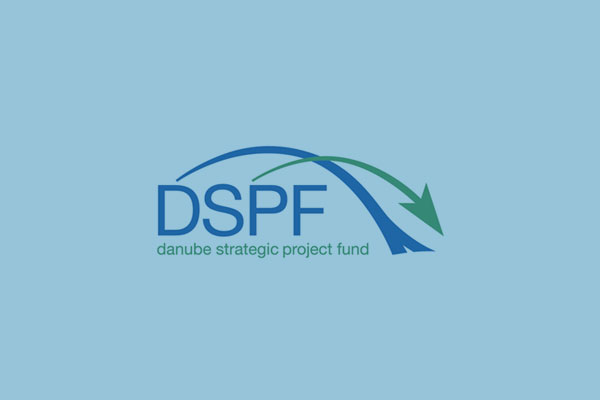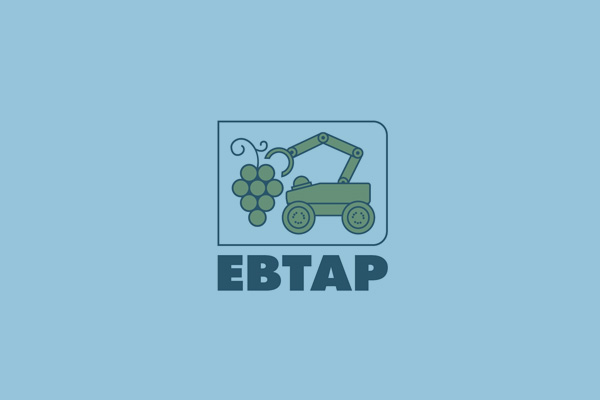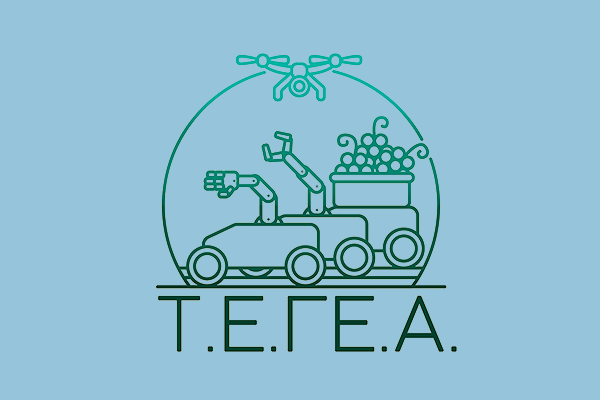Effectiveness of a robot-assisted psychological intervention for children with autism spectrum disorder – Journal of Autism and Developmental Disorders
Abstract Difficulties with social interaction characterise children with Autism Spectrum Disorders and have a negative impact in their everyday life. Integrating a social-humanoid robot within the standard clinical treatment has been proven promising. The main aim of this randomised controlled study was to evaluate the effectiveness of a robot-assisted psychosocial intervention and the secondary aim was to investigate potential differences between a robot-assisted intervention group and a control group receiving intervention by humans only. The analysis of the results showed…


 Greek
Greek









